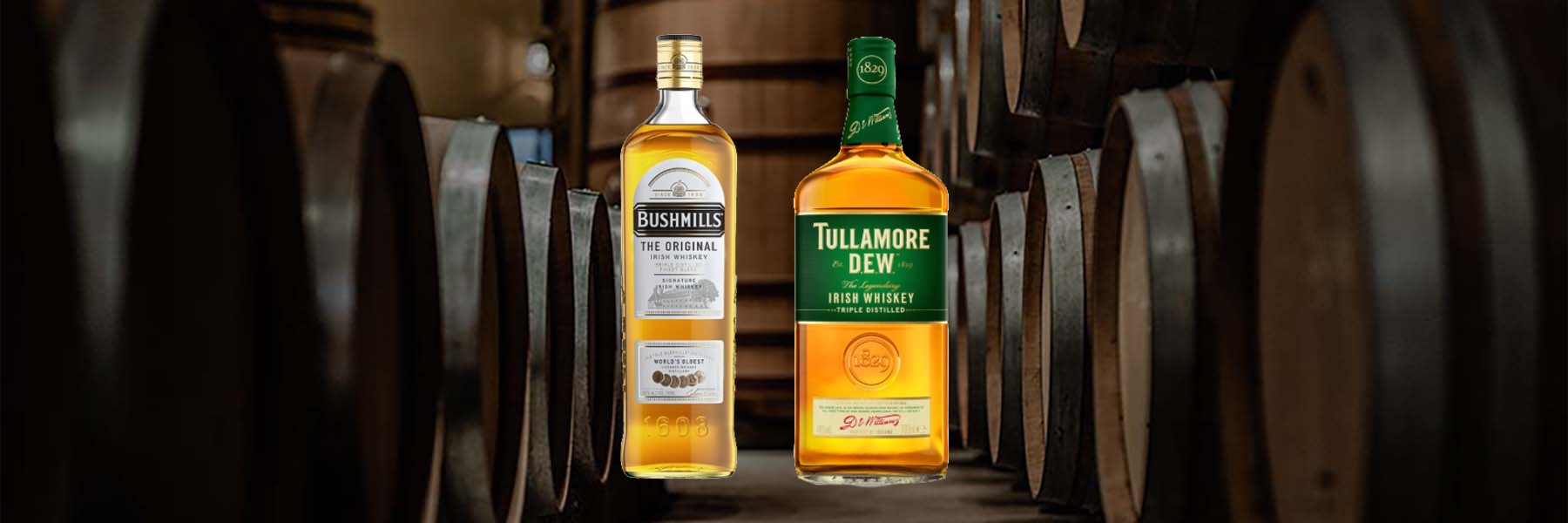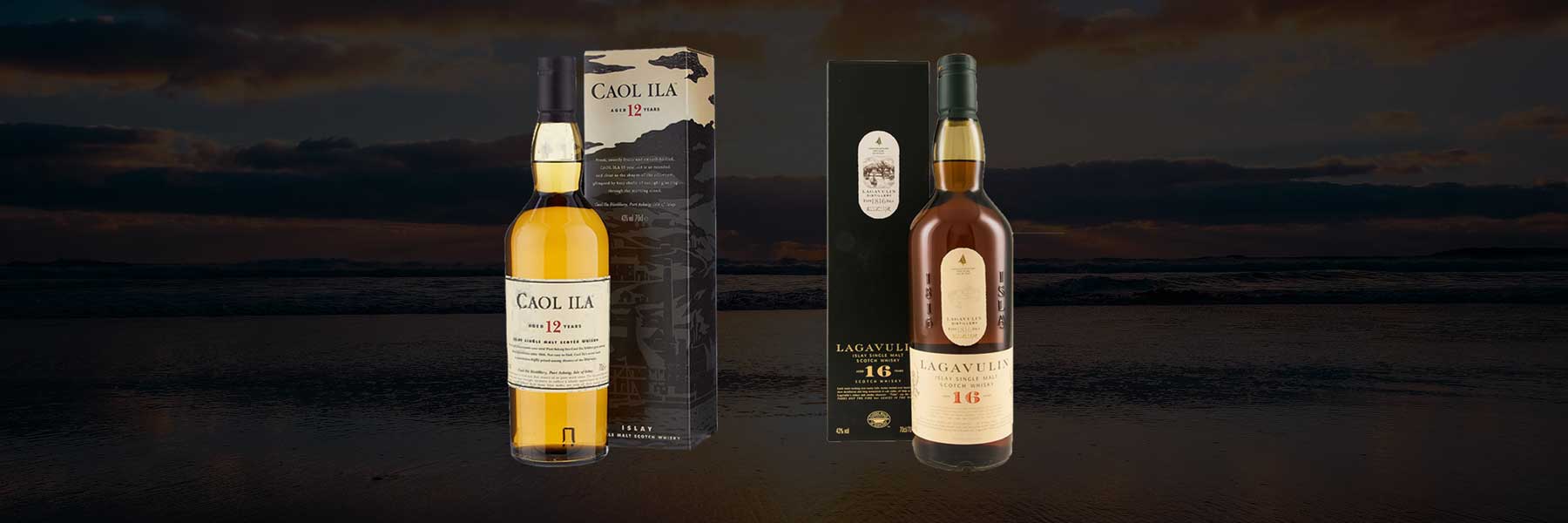Jack Fire vs Fireball Whisky | Who’s Best at Turning Up the Heat?
Not every palate that can handle the heat of a fiery cinnamon flavoured whisky- but for those that do, there are two names that stand out. Jack Daniel’s Tennessee Fire Whiskey and Fireball are the hot favourites for spice-loving connoisseurs.
But which one comes out on top?
I’ll be the first to say that the thought of spicy whisky was one that struck me as a little sadistic. But I’m one of many converts who now often find a classic blend a little tame. Both of these whiskies are party staples- perfect for cocktails and shots (if you are feeling brave)- so picking a winner was a tough call.
In this Jack Fire vs Fireball Whisky review, I’ll compare the must-know details of the drinking experience and weigh up the benefits of both to crown the winner of these fiery whiskies.
There are some strong similarities between Jack Fire a Fireball- from the sweet and spicy palate to the under-baked finish. They may not make it into the whisky hall of fame for timeless, complex flavours, but their easy-drinking nature has defined them as category leaders within the flavoured genre.
Both whiskies are predominantly used in cocktail making- rather than drank neat or on the rocks– a feat not for the faint of heart. From spiced sangria to cinnamon whisky coffee, there’s a plethora of opportunities for mixologists when using these fire-filled tipples.
What is fire whisky?
By definition, whisky, whiskey or bourbon cannot contain additional flavourings beyond what is imparted from the grains or barrel. Subsequently, fire whiskey is technically a liqueur as it’s been mixed with sugar, cinnamon flavourings and has an ABV of less than 40% (80 proof). Fireball is 66 Proof (33% ABV) and Jack Fire is 70 Proof (35% ABV).
It’s worth noting that Fireball (originally a Canadian creation) is considered by many to be the original cinnamon whisky. Fireball is so popular that many other brands with similar flavour features are often confused with this one- and most of the others on the market were created afterward due to its immense popularity.
One such copycat was Jack Fire which was created by the long-standing worldwide top-selling whiskey brand, Jack Daniel’s. As far as imitations go, this is a great one, but can it take the crown? Fireball actually sued Jack Daniel’s in 2015 for using their name in an advertising campaign- as well as another brand that essentially ripped them off- going so far as to use their dancing devil logo.
Jack Fire vs Fireball Whisky: Quick Look Comparison
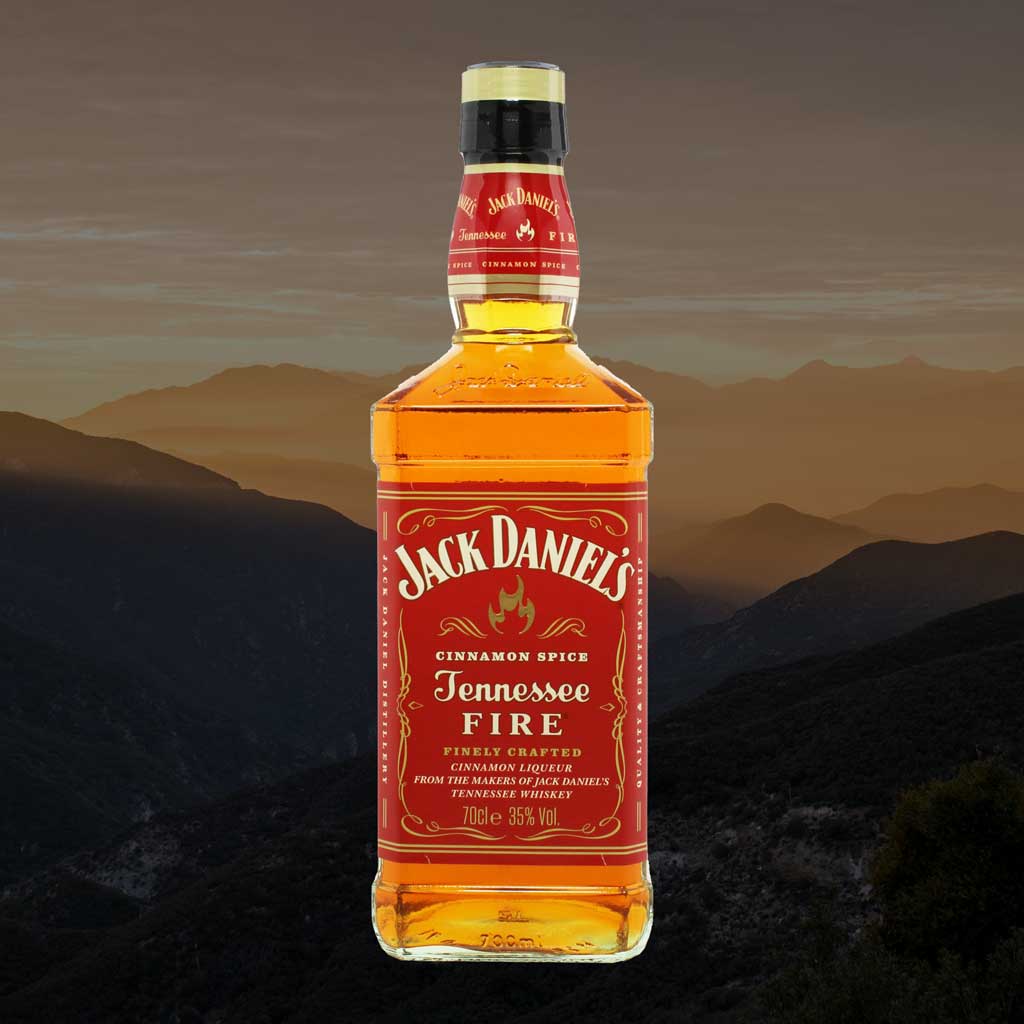
| Nose | Cinnamon & toasted oak. |
| Palate | Cinnamon, honey & toasted oak. |
| Mouthfeel | Sharp, then smooth and thick- almost oily. |
| Finish | Cinnamon, toasted cereal & oaky. |
| Age | NAS |
| Strength | 70 Proof / 35% ABV |
| Price | £26 / $32 |
Jack Fire Whiskey
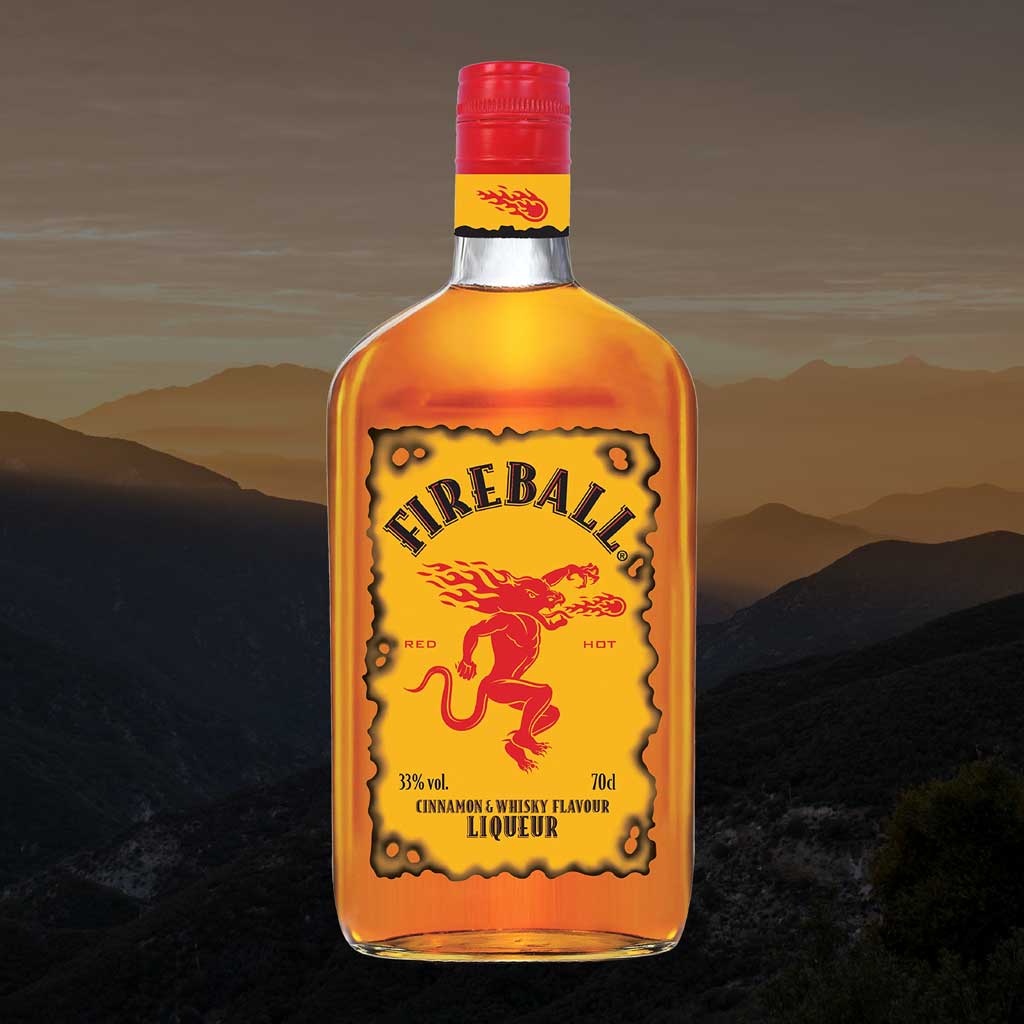
| Nose | Cinnamon & cotton candy. |
| Palate | Honey, crackers & cinnamon. |
| Mouthfeel | Sharp, rough and a little harsh. |
| Finish | Thin, short, flat & cinnamon |
| Age | NAS |
| Strength | 66 Proof / 33% ABV |
| Price | £20 / £25 |
Fireball Whisky
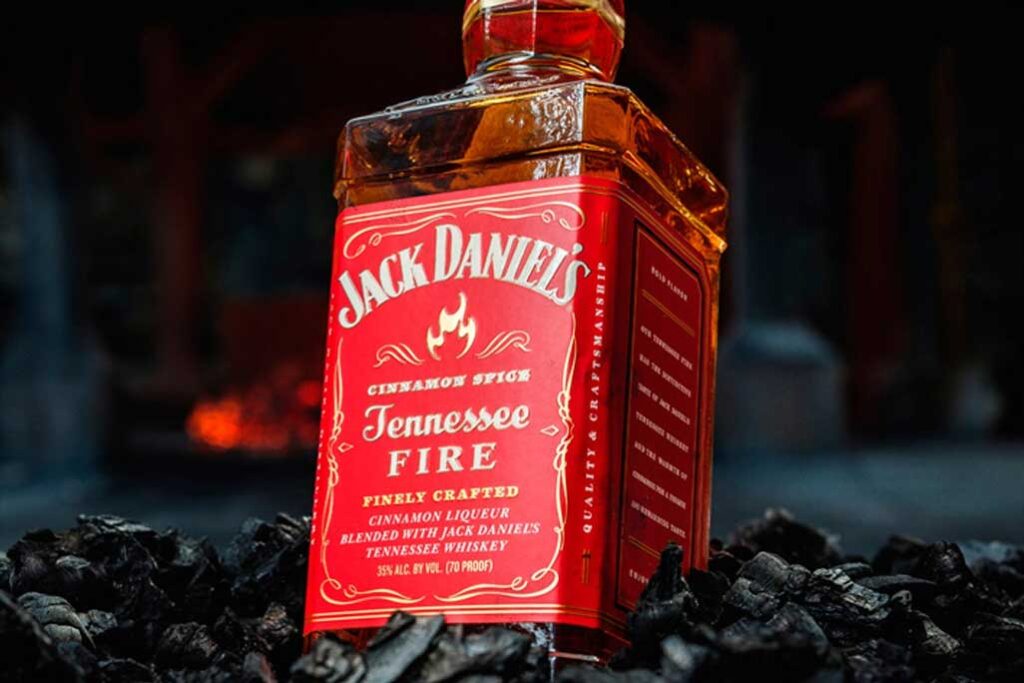
Jack Fire Review
Jack Daniel’s Tennessee Fire is a popular party drink for cocktails and shooters, combining the classic sweet smooth taste of Jack with the addition of cinnamon sweetness.
This is by no means a complex whiskey, but it’s not trying to be. This flavoured edition was launched in the US in April 2014 in response to the incredible success of Fireball. The Tennessee giant hoped to take a bite out of the flavoured spirits market and offer their version of the cinnamon tipple in the same category.
Personally, I’d say it succeeded. For me, Jack Fire has a more balanced, full, and well-rounded flavour profile than Fireball, most likely because the whiskey base is more refined. If you’re already familiar with Jack Daniel’s and are looking for a sweet/spiced alternative, this is probably the way to go.
You immediately get the underlying smooth sweetness of classic Jack- coated with a sharp hit of spice from the cinnamon. What makes this whiskey a little more interesting is the subtle toasted oak hints that come through on the palate and into the finish.
My first impression of this drink was wow– that is warm! However, it has a short finish where that warmth disappears, and you are really just left with an aftertaste I can only liken to toasted cinnamon crunch cereal. If you’re looking for a whisky to sip and savour, this is not the one for you- but then again, none of these cinnamon flavoured whiskies are.
There’s a definite sweetness to Jack fire that cuts through the palate once it settles- which is surprising after the sharp heat of the nose. First impressions are purely spice, but wait for a second, and the thick honey smoothness kicks in- before melting away to leave a toasty finish- with a subtle underlying hint of oak. You could almost miss the oak because of the powerful cinnamon overtones, but it’s definitely there- and is what makes this take different from most other fire whiskies on the market.
Going by the price, you can tell Jack Daniel’s is trying to tell people this is not just another fireball. At around double the cost, it says that there is more to this drink than you get with other brands- but is it really worth it?
It is no secret that fire whiskies are predominantly party drinks- or a staple in a cocktail lover’s cabinet. In that sense, it’s questionable to pay the extra for the Jack name. That said, as an isolated drink in its own right, it has a far more interesting and less artificial flavour than Fireball. If that matters to you, perhaps it is worth the extra.
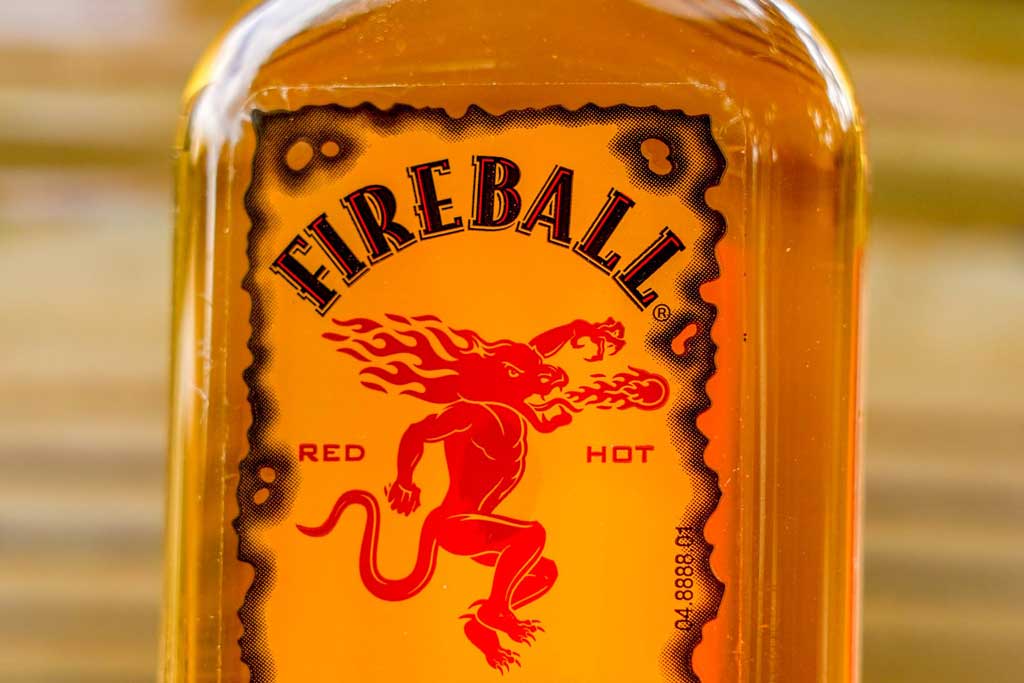
Fireball Review
Fireball was the original trailblazer for cinnamon flavoured whiskies. This anomally took a while to establish itself in the market, but once it caught on, it became an unstoppable hit throughout the US and many other parts of the world.
This Canadian whisky-based drink was first released in 1984- and was only available for sale in Canada until 2001. A company called Sazerac bought and rebranded it- turning it into a wild success in America in the latter half of the decade.
Fireball saw real success throughout the next decade- increasing its total estimated world sales more than 450 times over between 2011 and 2014. At this point, other labels began to take notice- creating their own versions to jump aboard the Fireball train. Jack Daniel’s was one of those labels- introducing Jack Fire in 2014.
But does original mean best?
In my opinion, no. Not in this case. However, there’s something undeniably simple about Fireball that just makes it work, helping retain it’s position as the one of the most popular cinnamon flavoured whiskies around the world.
The taste is pretty much as it sounds. When you take a shot of Fireball, the only accurate way to describe how your mouth feels is fiery. It coats the mouth in flame- not exactly the most pleasant or enjoyable drinking experience- but that is not what people buy it for!
Breaking down the flavour profile, I have to say it is fairly one note. From the first sniff, you can tell this drink means business. I do find there to be something strangely appealing about the aroma of Fireball. There is a subtle sweetness on the nose- similar to burnt cotton candy or over-done popcorn.
Once it settles, it turns toward more of a honey taste- with a hint of crackers that does little to detract from the overwhelming hit of spicy cinnamon. Finish-wise, there is not much to say- all I get is a lingering coating of cinnamon that demands a chaser of a pint of water.
There’s something unfortunately artificial about the taste of Fireball– something that Jack Fire manages to overcome. Possibly it comes down to the depth of the whiskey used to make the concoction- with Jack Daniel’s coming out on top over the Canadian blend used in Fireball.
But it’s more affordable. Fireball is a staple in colleges and bars across the US- possibly because it is cheap, powerful, and very well marketed. Anyone looking for a well-thought-out and interesting flavour profile to enjoy on an evening is probably not looking in this direction.
One thing I will say about Fireball is it makes for easy drinking in a cocktail. Because it’s mostly one-dimensional on the flavour front, it doesn’t overpower a mixed drink- blending well with sweet mixers without losing its fire.
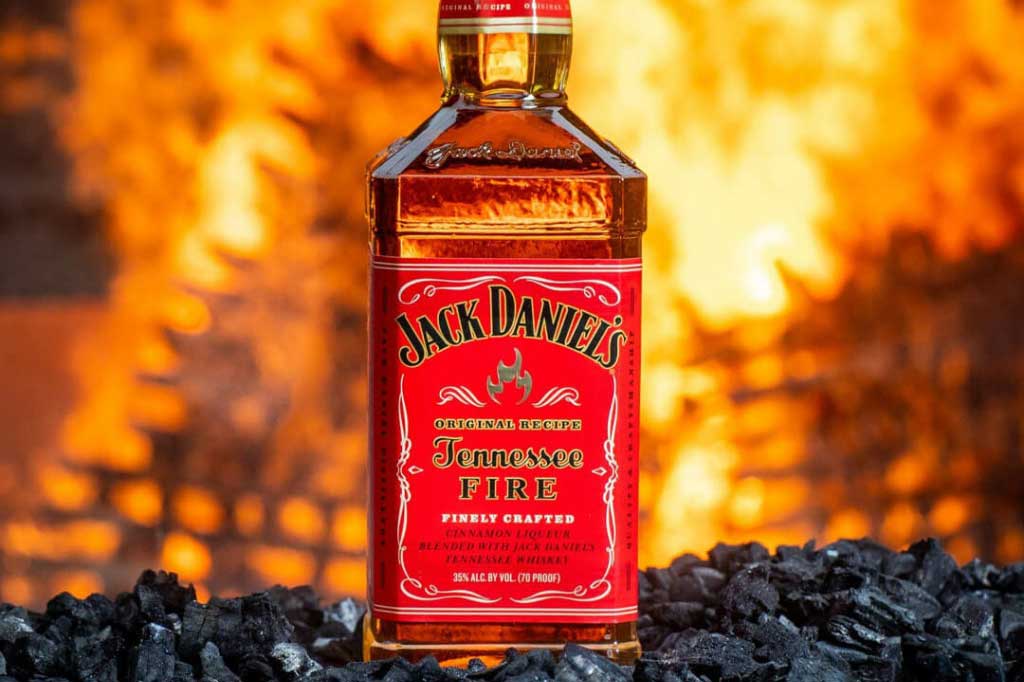
Jack Fire vs Fireball Whisky: The Comparison
Now you have a better idea of what each of these drinks offers, let’s break down the comparison of the two to see what comes out on top.
The first thing- and least complicated thing- to consider is the price. It may not have much to do with the experience of the drink, but it is undeniably an important factor- especially in this case where the difference is significant.
You can pick up a 70cl bottle of Fireball for around $25 (£20) – a bargain if you’re trying to limit their outgoings. On the other hand, Jack Fire costs around $32 (£26) for a 70cl bottle- not exactly a budget-friendly option for someone looking for a fun shooter or something to mix up in a cocktail.
In short, Fireball wins for affordability.
Next, we come to alcoholic strength. Neither of these has the required 40% ABV to be technically considered a whisky- Fireball sits at 33%, and Jack Fire at 35%. There’s little difference here and it doesn’t really come through in the drinking experience. Going off the strength alone, Jack Fire is closer to an actual whisky. It also makes Fireball marginally more easy-drinking- although the power of the spice does away with that notion pretty quickly.
To summarise, Jack Fire has a marginally higher alcohol content- which takes it closer to ‘real whisky’ territory. Something to consider if you’re using it for mix drinks. As a liqueur, it’s a heftier percentage to keep in mind.
On the nose, these are very similar. I’d be hard pushed to know the difference from the immediate first impression. I would say that Fireball has a stronger fiery nose, while Jack Fire does an ever-so-slightly better job of balancing the hit with subtle undertones. Fireball has a subtle sweet hint to the nose, while Jack Fire is more toasty, giving it a richer and more fulfilled initial taste.
On the palate, Jack Fire definitely drinks a little nicer. Fireball gives a pretty artificial taste as it sits on the mouth- with very little depth to speak of. Jack Fire (while far from complex) offers something more palatable and whiskey-like with a hint of oak intermingled with the cinnamon. They both feel harsh on the mouth- nothing subtle about it- but there’s an edge of smoothness to Jack Fire that the Fireball lacks completely.
On the finish, neither gets high marks from me, I’m afraid. There is almost no finish to Fireball- just a lingering burn from the overwhelming cinnamon. Jack Fire isn’t much better, but it has a slightly better aftertaste. The undertones linger a little longer than they do with Fireball.
Overall, Jack Fire has a better balance and more enjoyable flavour as a whiskey, in my opinion. If sweetness is your thing, then Fireball has the edge- giving more of a liqueur-type vibe than anything else.
Comparing them on their general drinking experience is tricky. I would say that as a straight drink over ice, it would have to be Jack Fire- but as a versatile cocktail ingredient, Fireball has the edge. Neither of these drinks is going to be anyone’s top choice for a smooth, warming whisky on a quiet evening- but they both hold their own as a fun component for shooting and cocktail making.
Putting it simply, Fireball is the way to go for cocktail making, but Jack Fire is preferable to drink on its own.
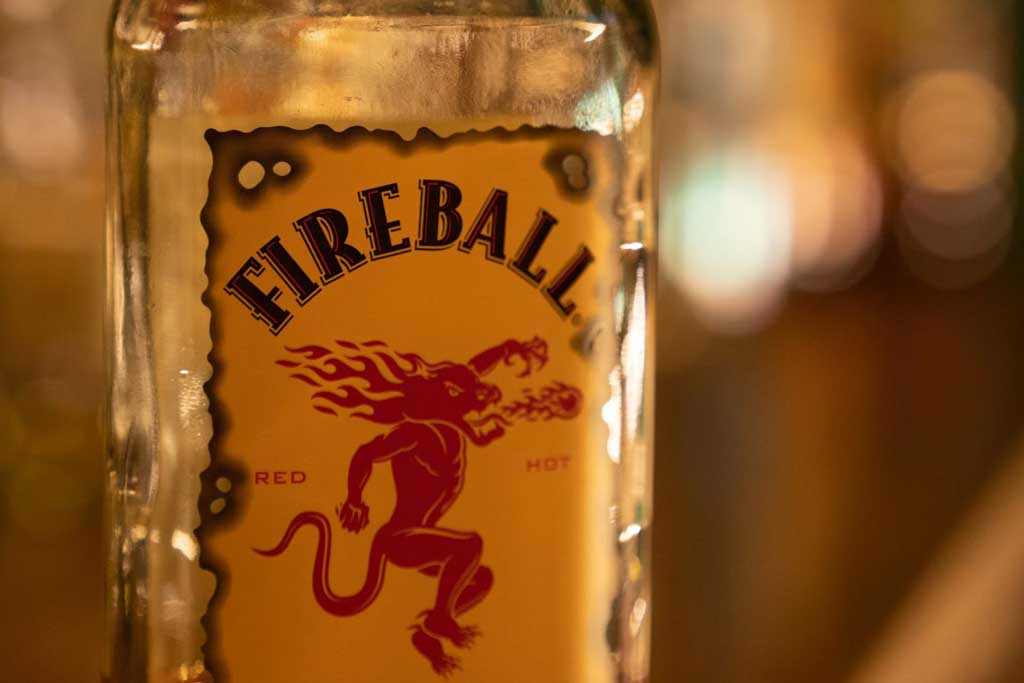
Jack Fire vs Fireball Whisky: Final Thoughts
I’ve discussed in detail the attributes of each of these fiery cinnamon-flavoured whisky drinks, and the similarities and differences are now clear. Before summarising my final thoughts on what one is best, here is a simple scoring overview of Jack Fire vs Fireball based on my experience.
| Jack Fire | Fireball | |
| Aroma/Nose | 7/10 | 8/10 |
| Taste/Palate | 6/10 | 5/10 |
| Mouthfeel | 4/10 | 2/10 |
| Finish | 4/10 | 3/10 |
| Drinkability | 6/10 | 5/10 |
| Total | 27/50 | 23/50 |
Author’s Pick
There isn’t much in it, but overall, Jack Fire comes out on top. In terms of the overall enjoyability of these drinks, Jack Fire gives more of the warming whiskey feeling I know and love. To me, Fireball is more of a flavoured whiskey liqueur than a whisky in its own right- with a cloyingly sticky and artificial mouthfeel.
It’s worth remembering that the whole point of cinnamon whiskies isn’t to be sipped on their own, but rather to be mixed for cocktails for a fun and fiery drinking experience.
Looking at the numbers above, it’s clear I don’t have a significant preference for one over the other. The finish that lets Fireball down, whilst Jack Fire isn’t particularly impressive on the finish either.
As for the rest, it really comes down to splitting hairs. The flavours in general are pretty close and they could easily be substituted without most people noticing a difference.
When it comes to the flavour, both whiskies are strongly cinnamon based. Where Fireball relies heavily on sweetness, Jack Fire has a little more variety offering sweet, toasty, oaky notes.
I actually prefer the aromas of Fireball- I find it less of an affront on the nose at first impression. But if you’re a big Jack Daniel’s fan, you’ll probably recognize the familiar Tennessee tones in the smell which may give it the winning edge for you.
As with most whiskies, a huge part of it comes down to personal preferences. If you are looking for something simple, punchy, and easy to mix- Fireball wins. Those looking for a fiery whisky that still holds some resemblance to a drinkable spirit are more likely to swing for Jack Fire.
In my book, Jack Fire beats the original cinnamon whisky by a whisker- a whisker that could easily be forgotten after a shot (or two) of either of these drinks. I’ve always favoured oak over sweet in a whisky, so it’s a bit of a no-brainer for me here. That said, if I was looking for a cheap, crowd-pleasing icon to win over party guests, Fireball will always hold its throne as the king of the party punch.
Related post: Jim Beam Honey vs Jack Daniels Honey



